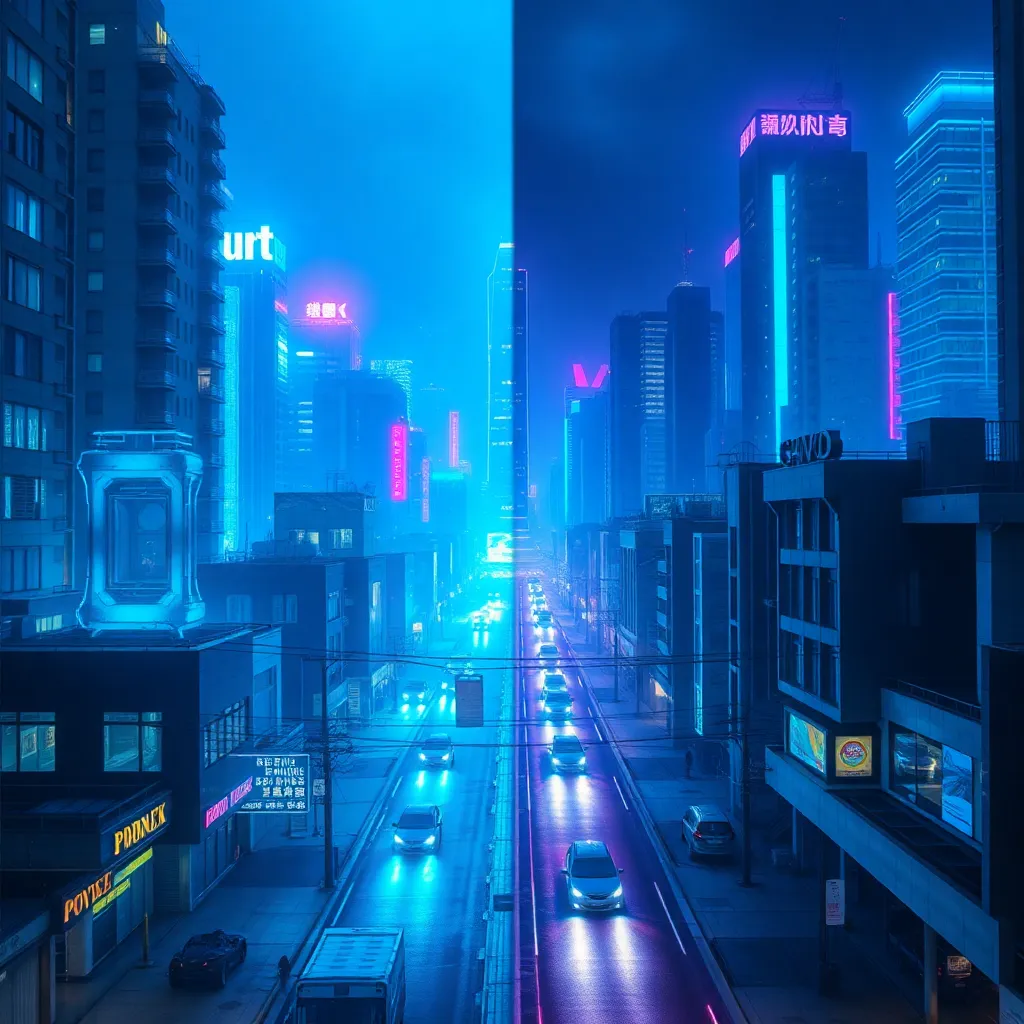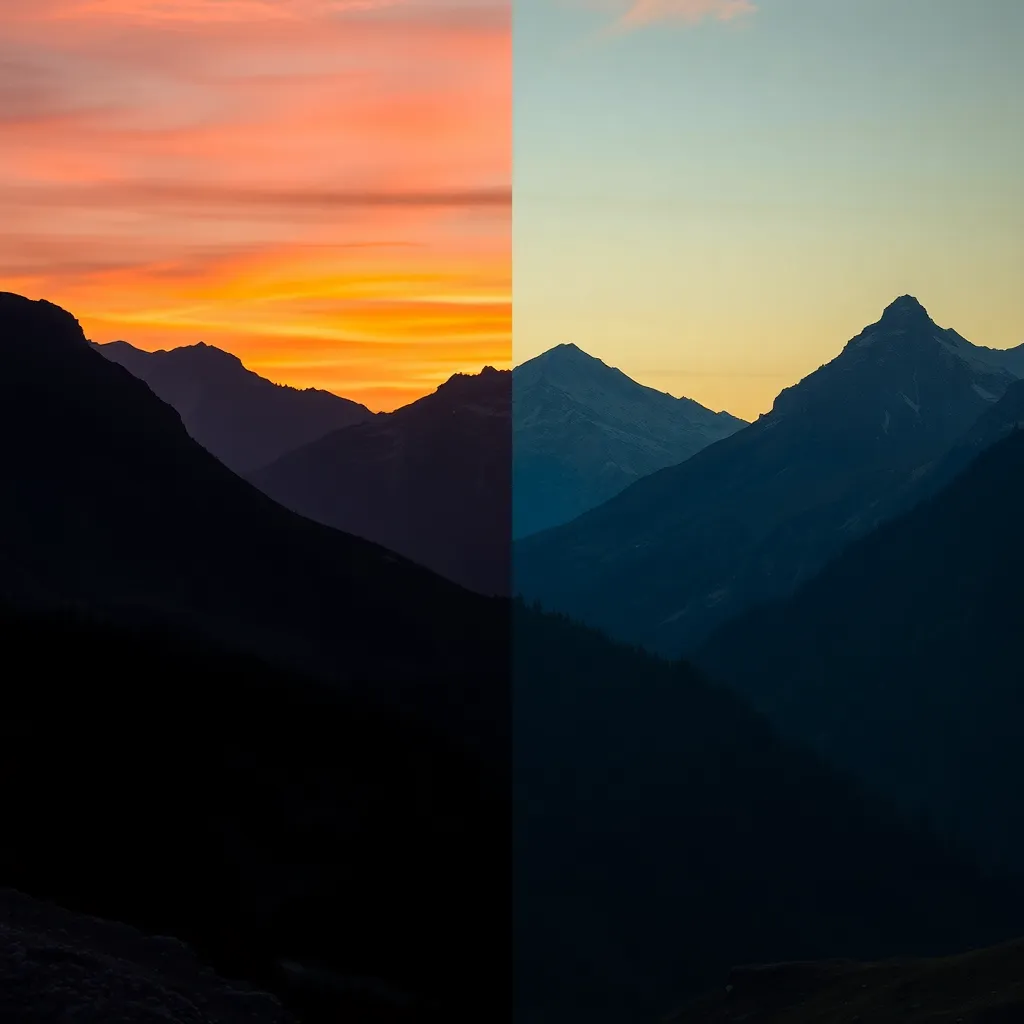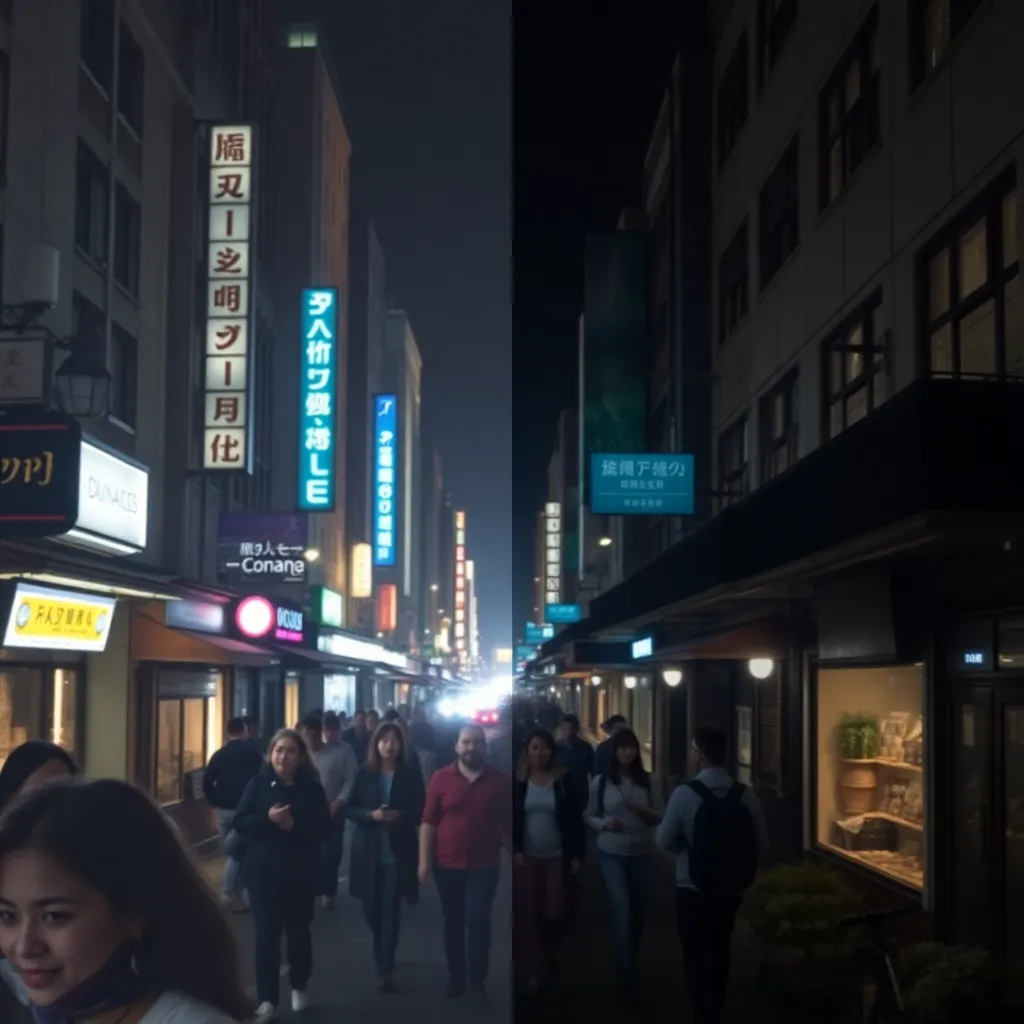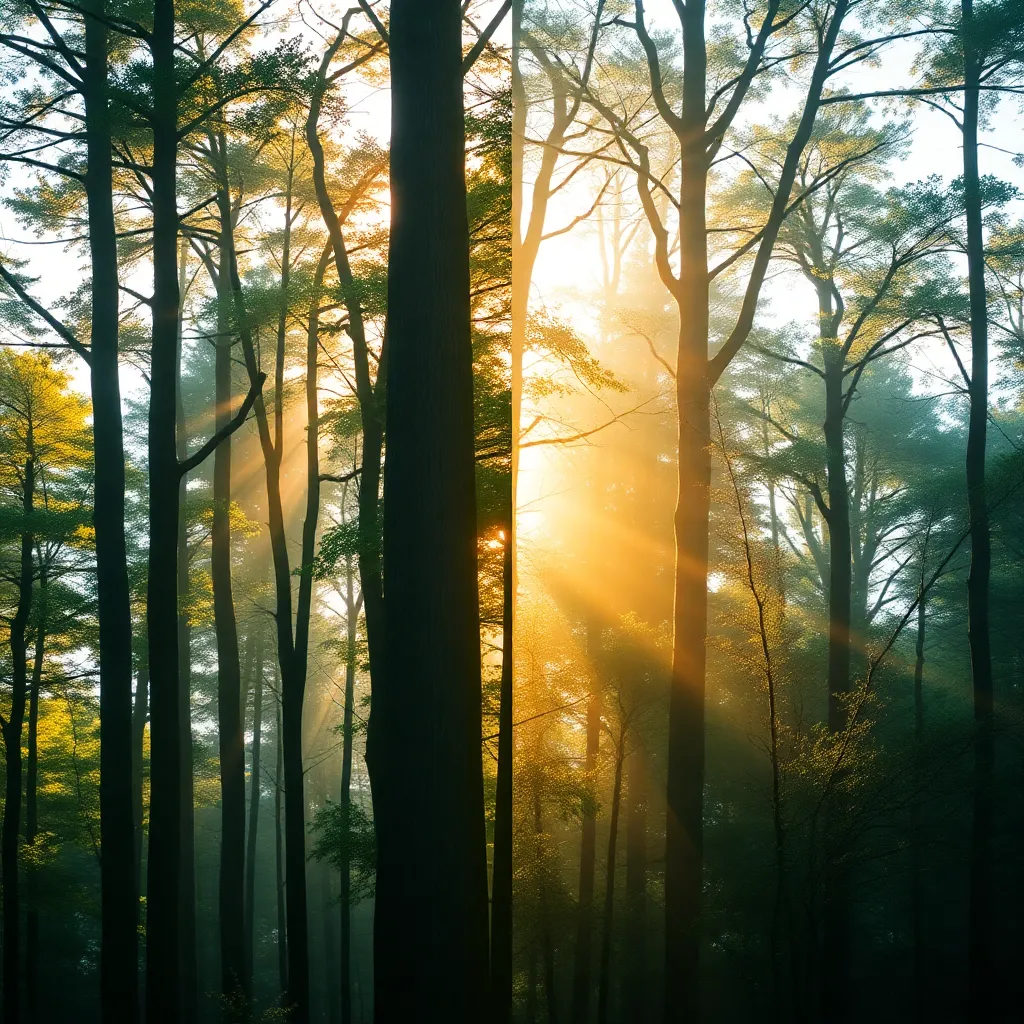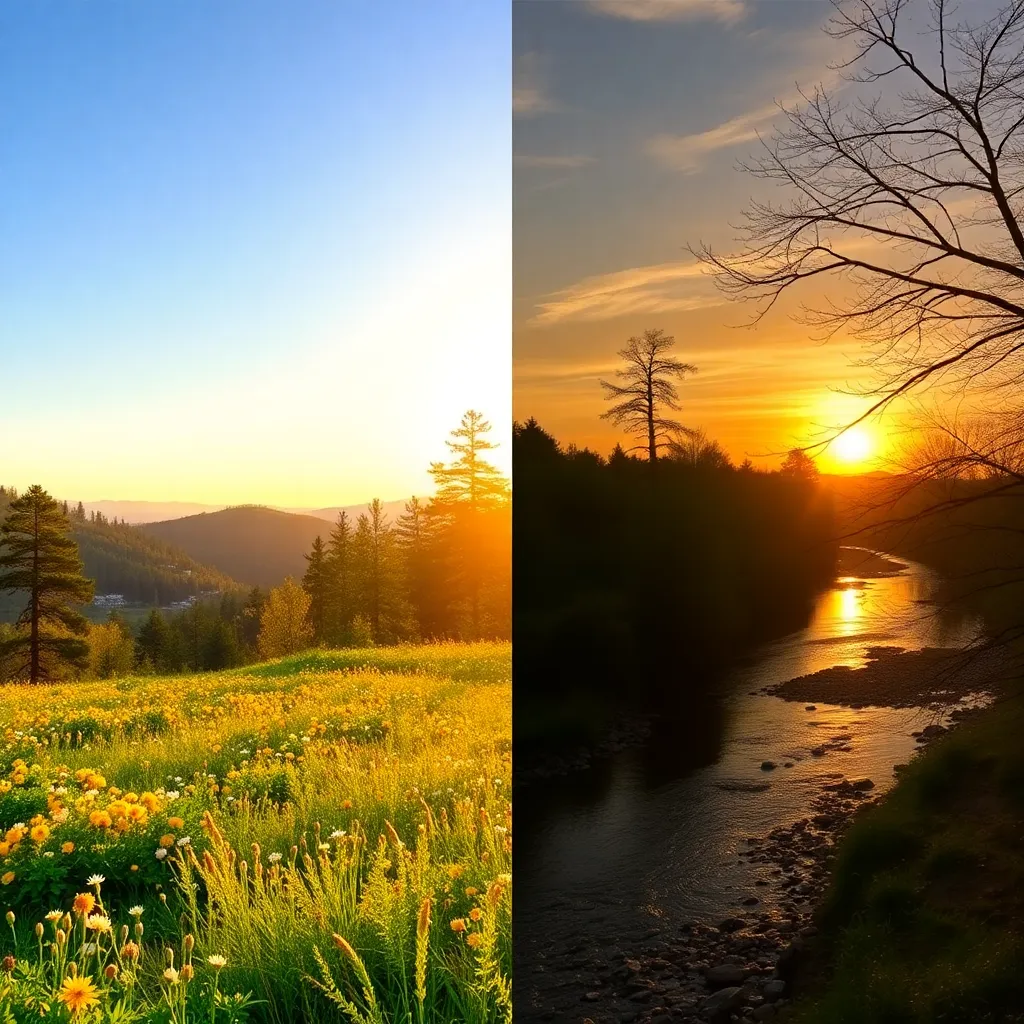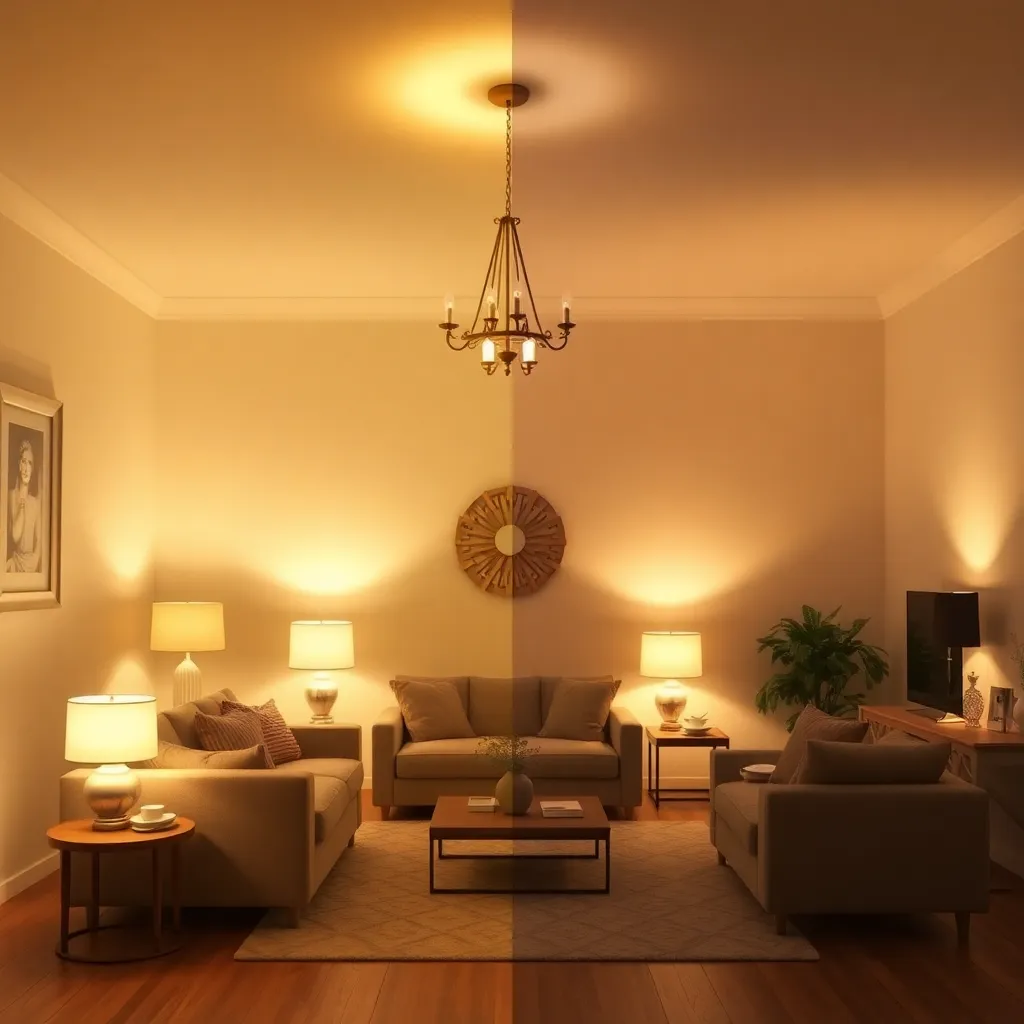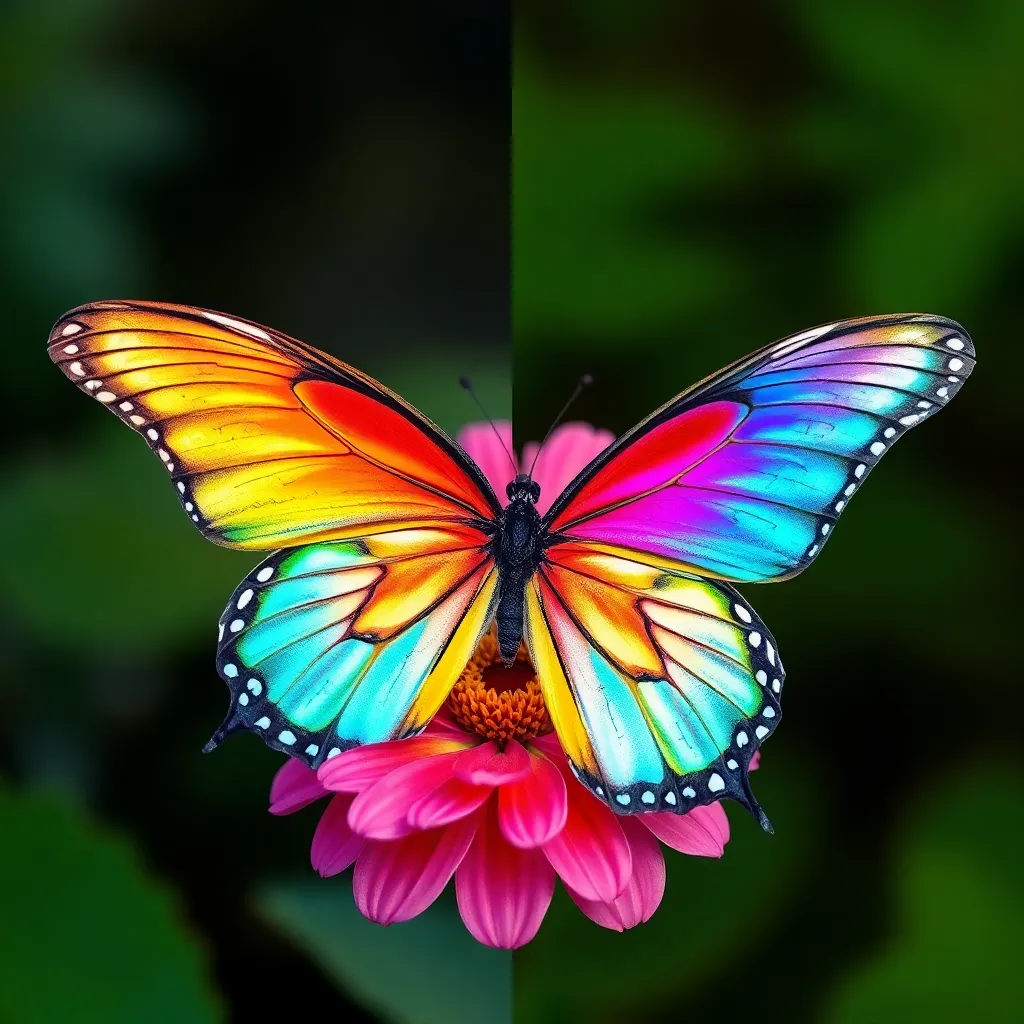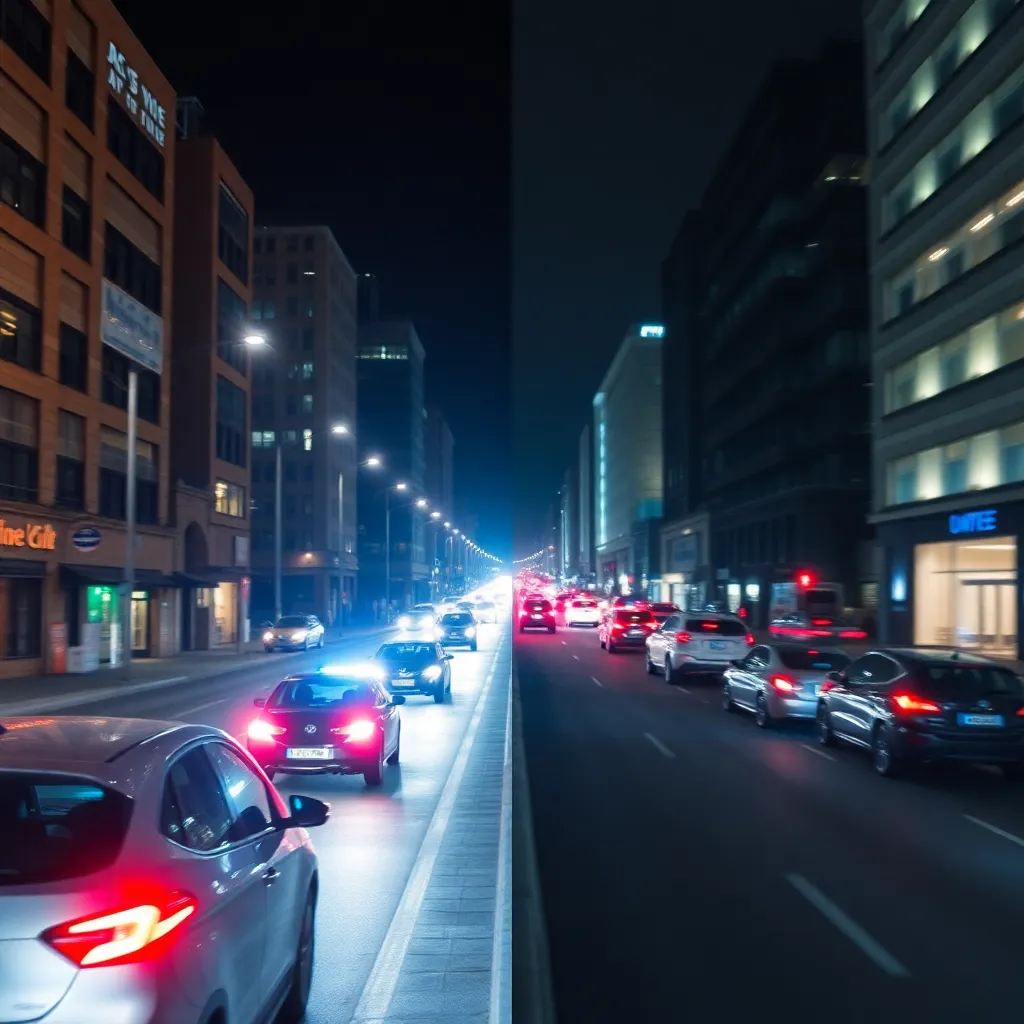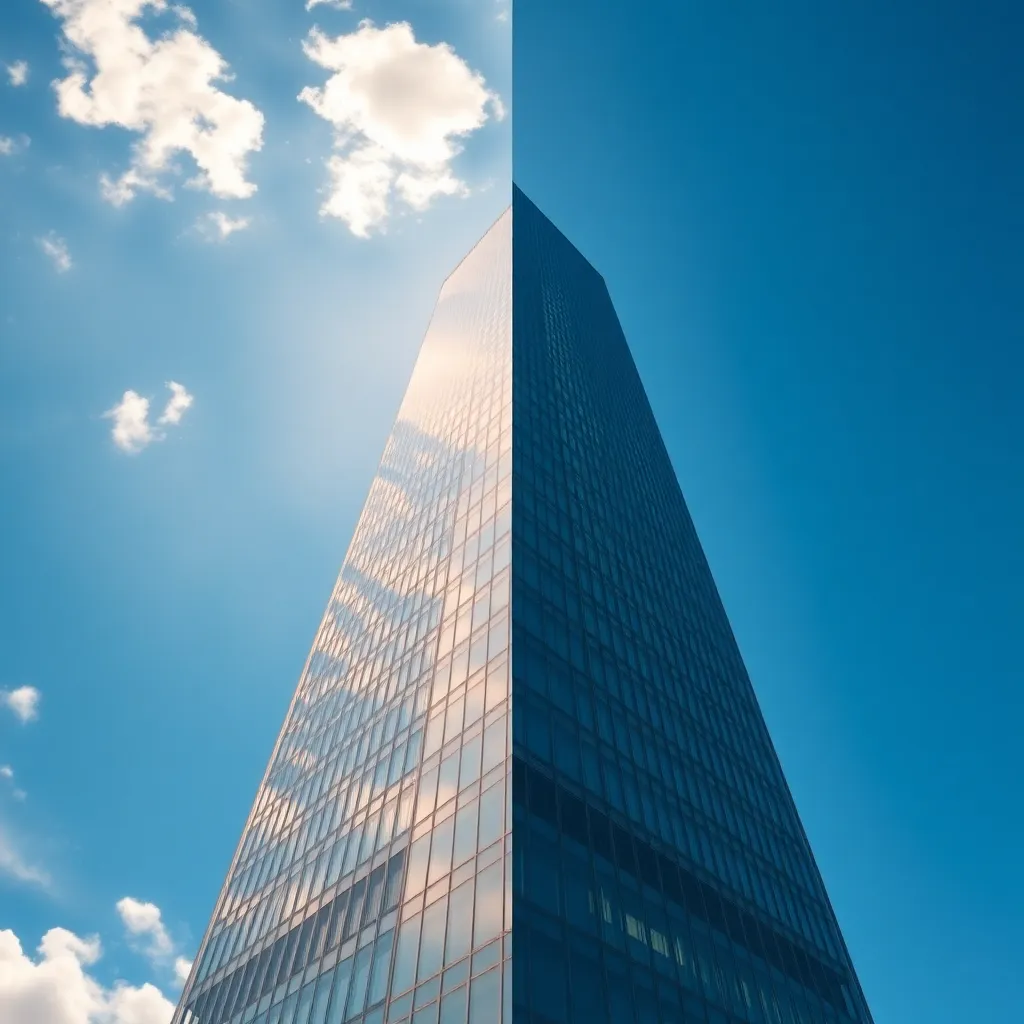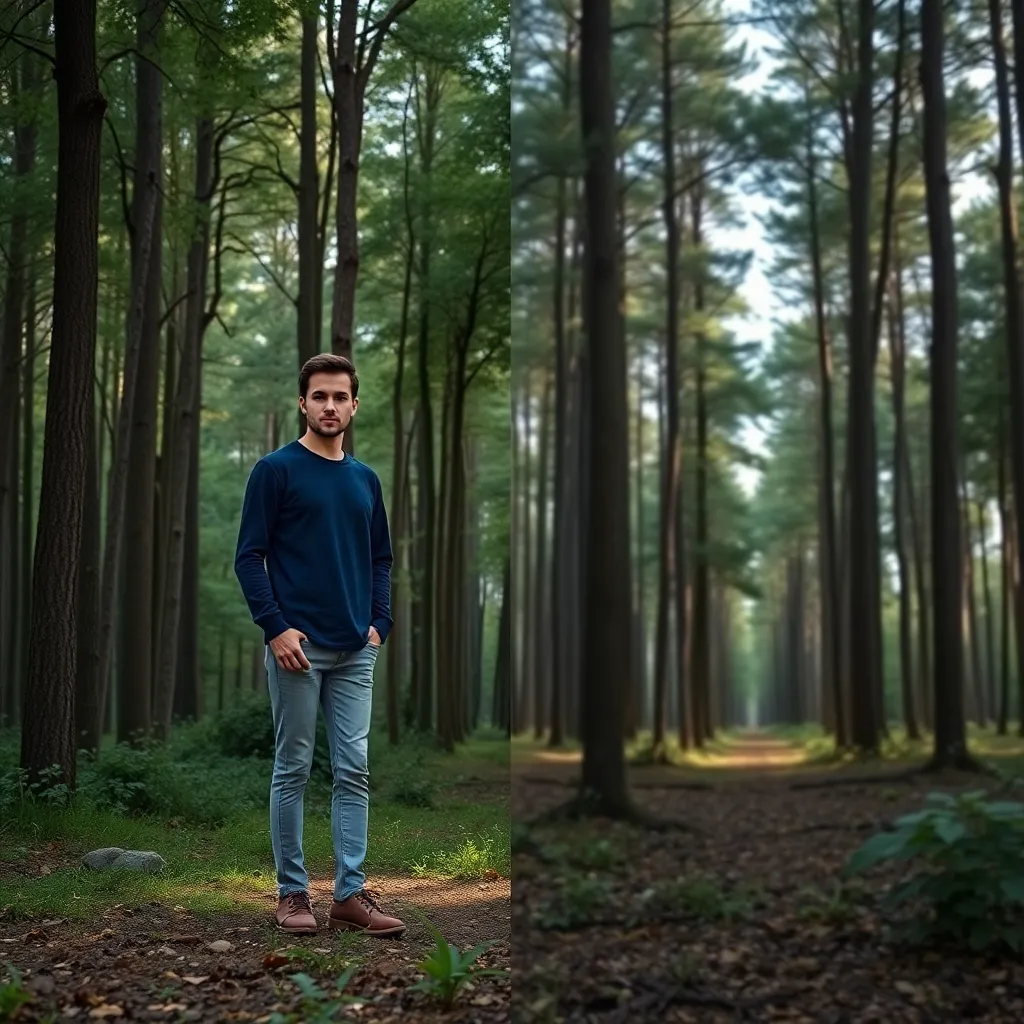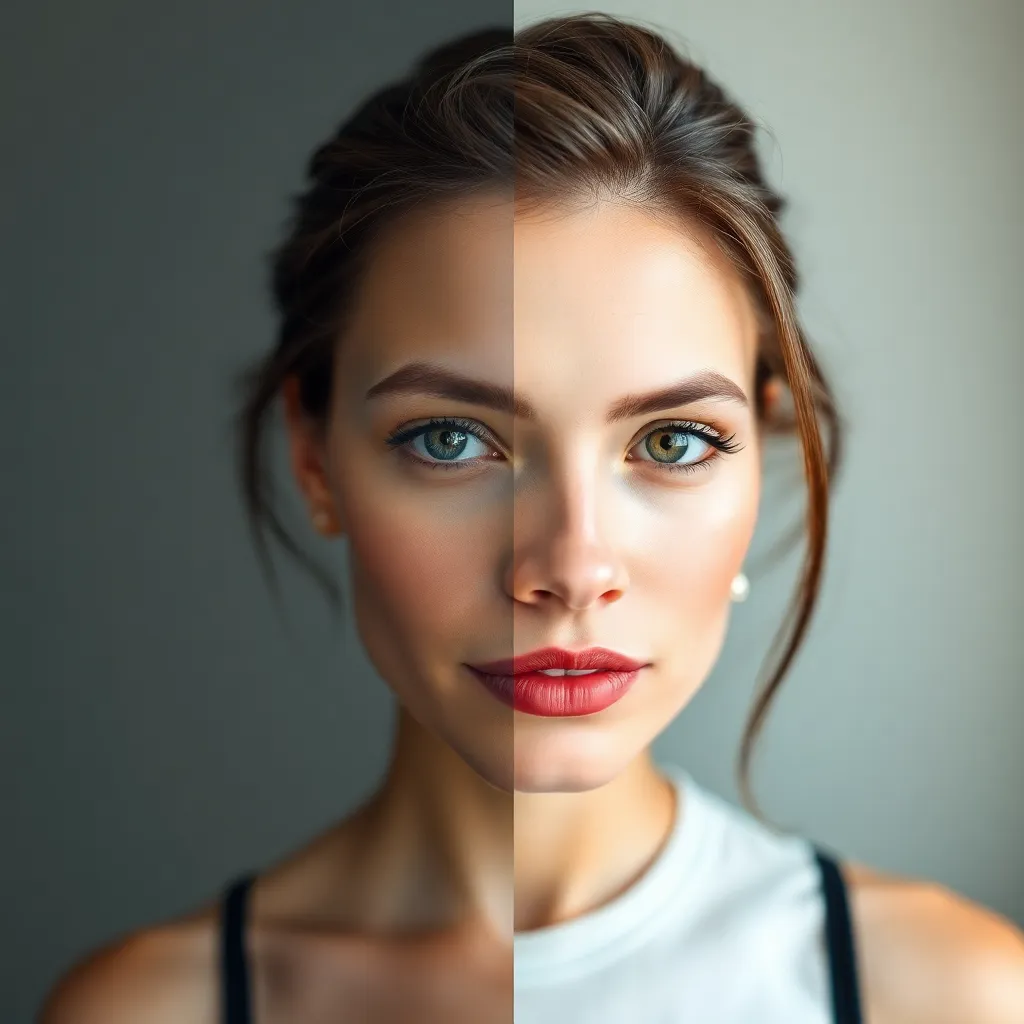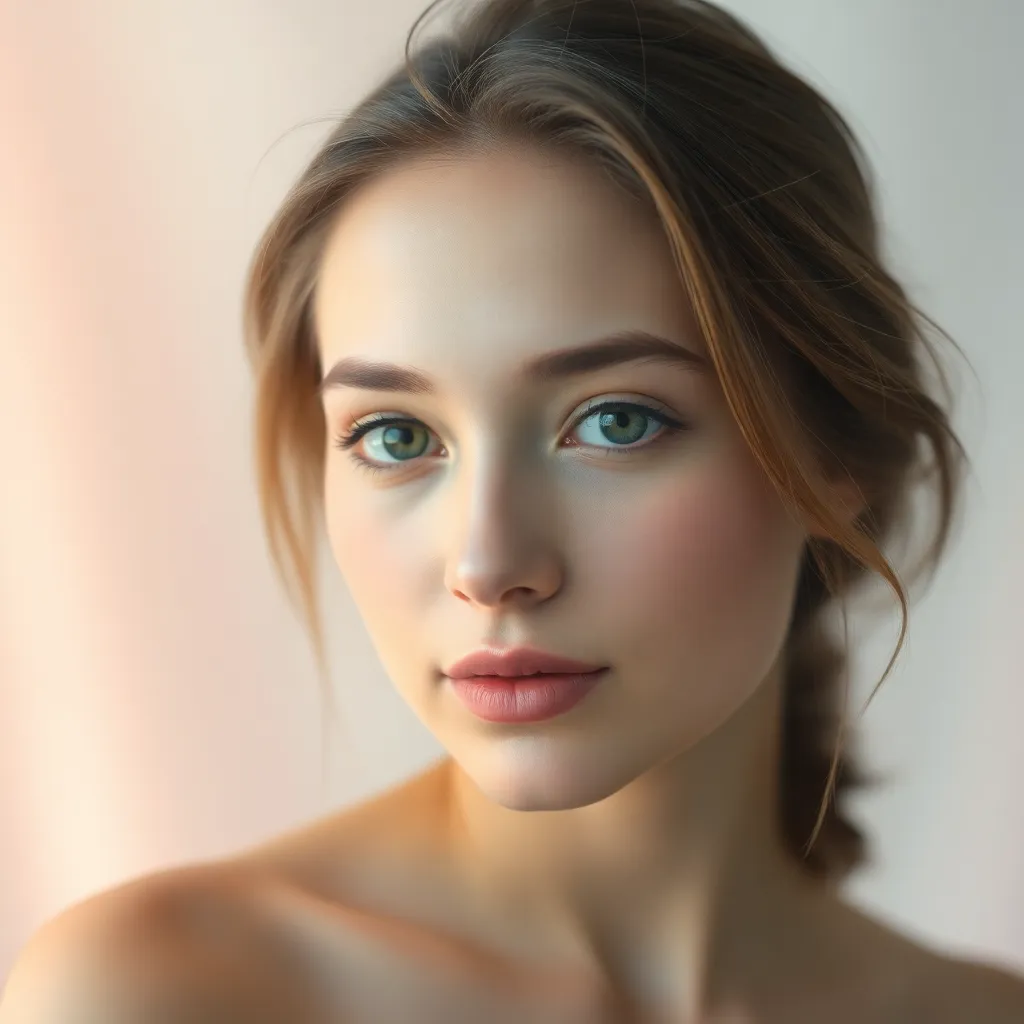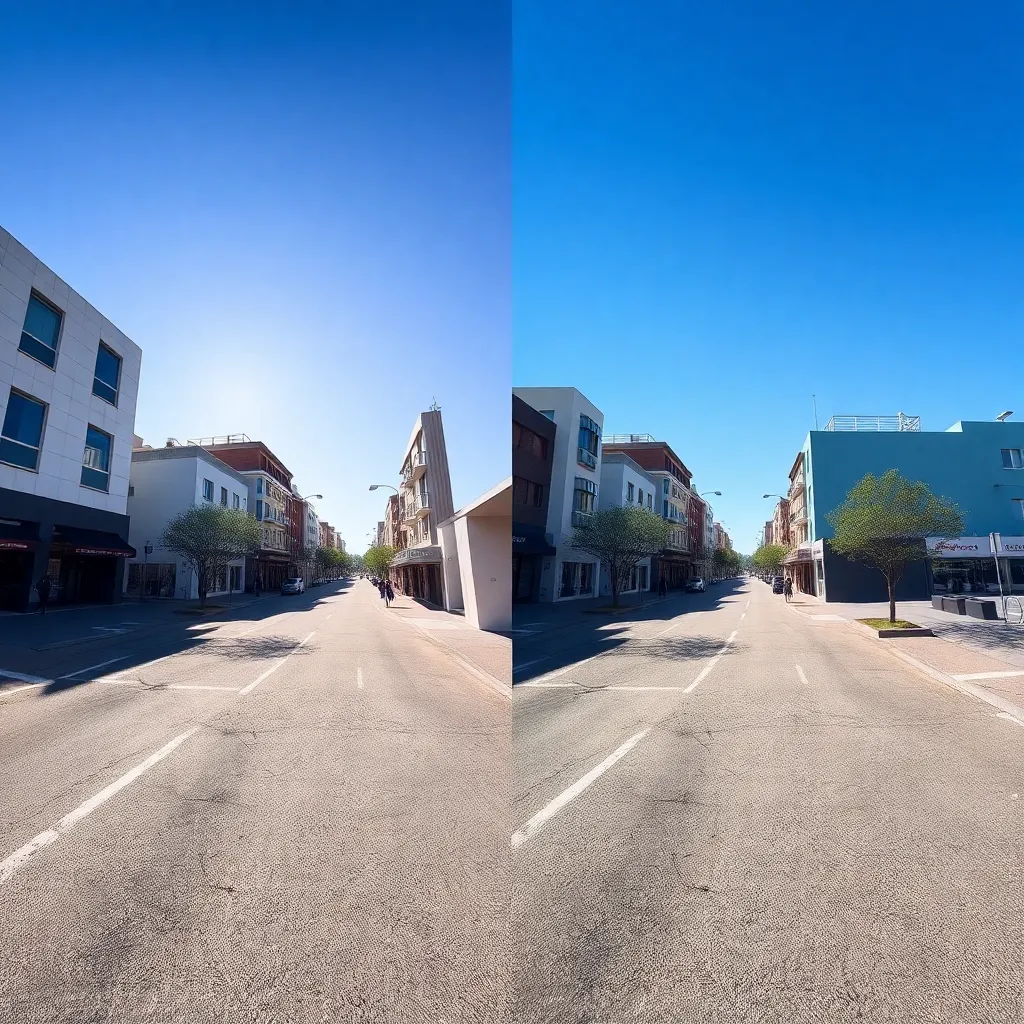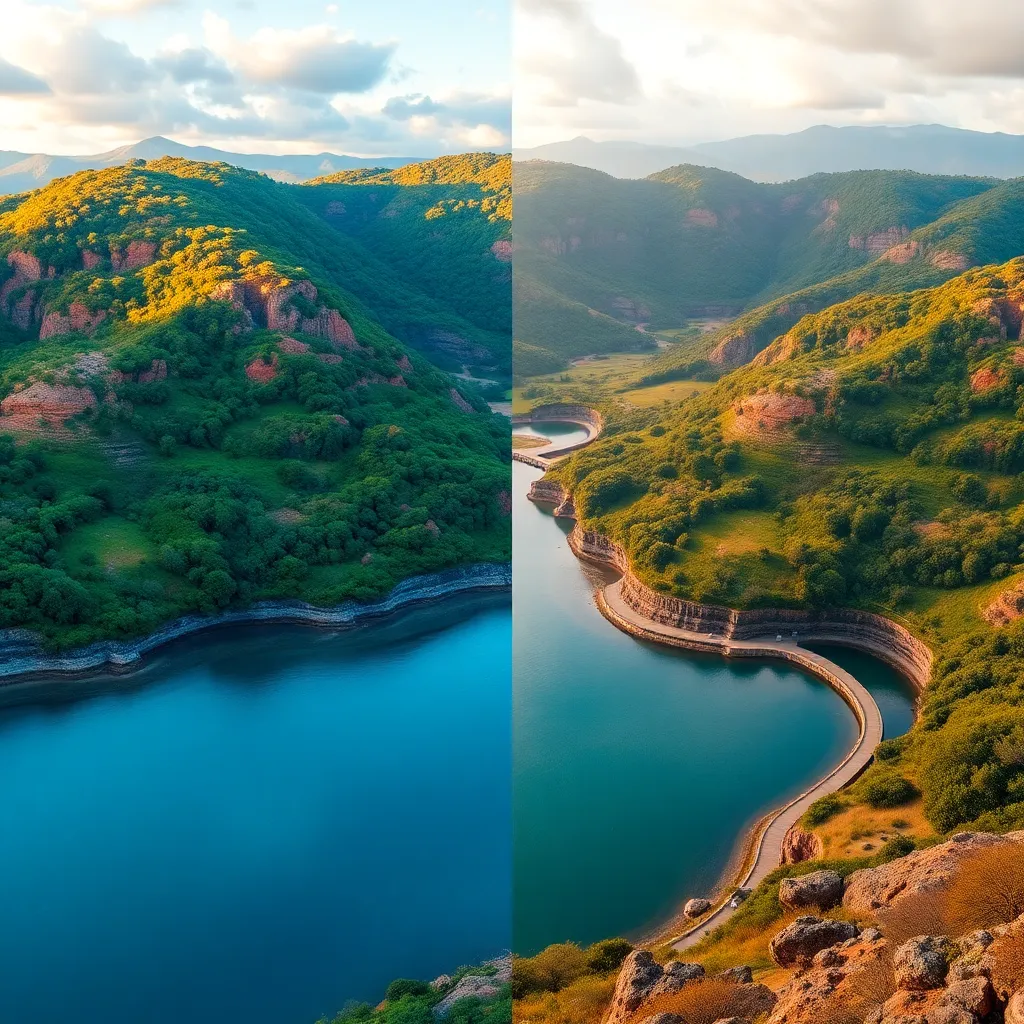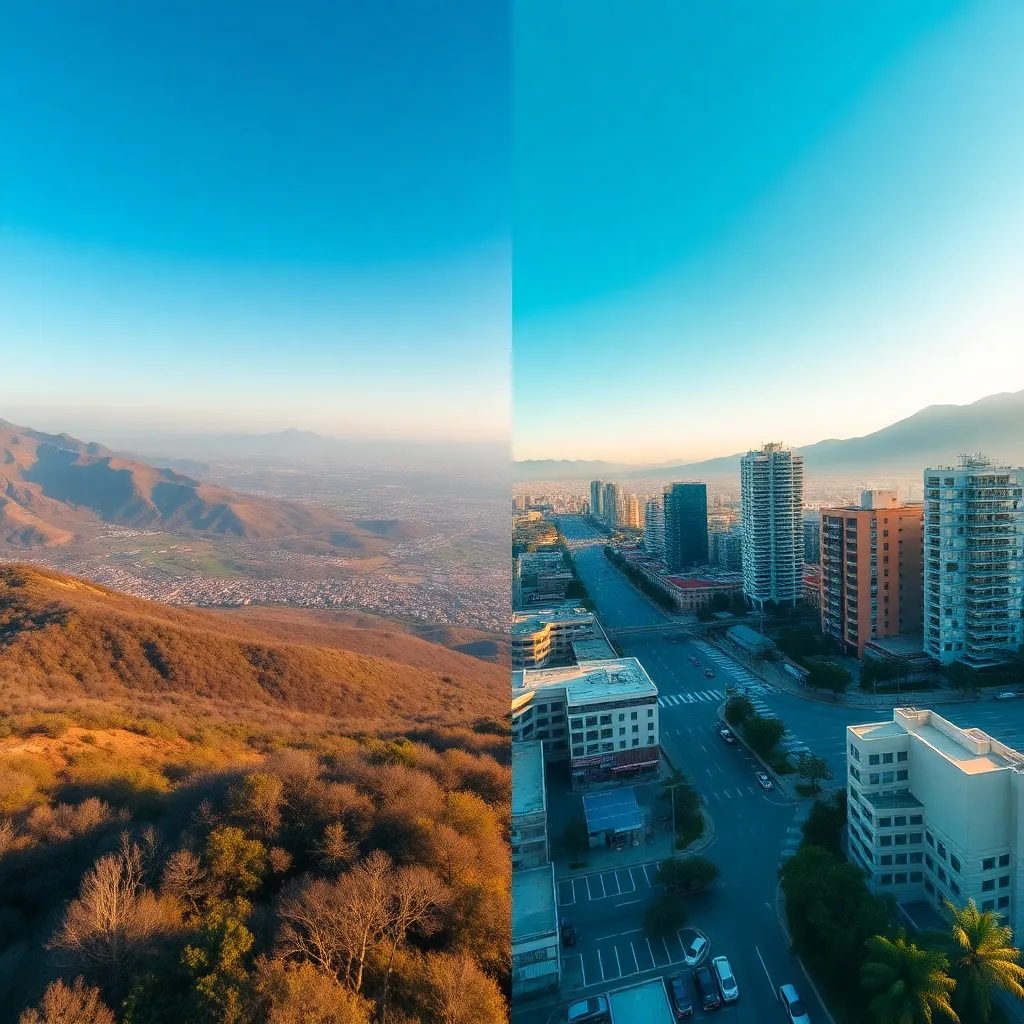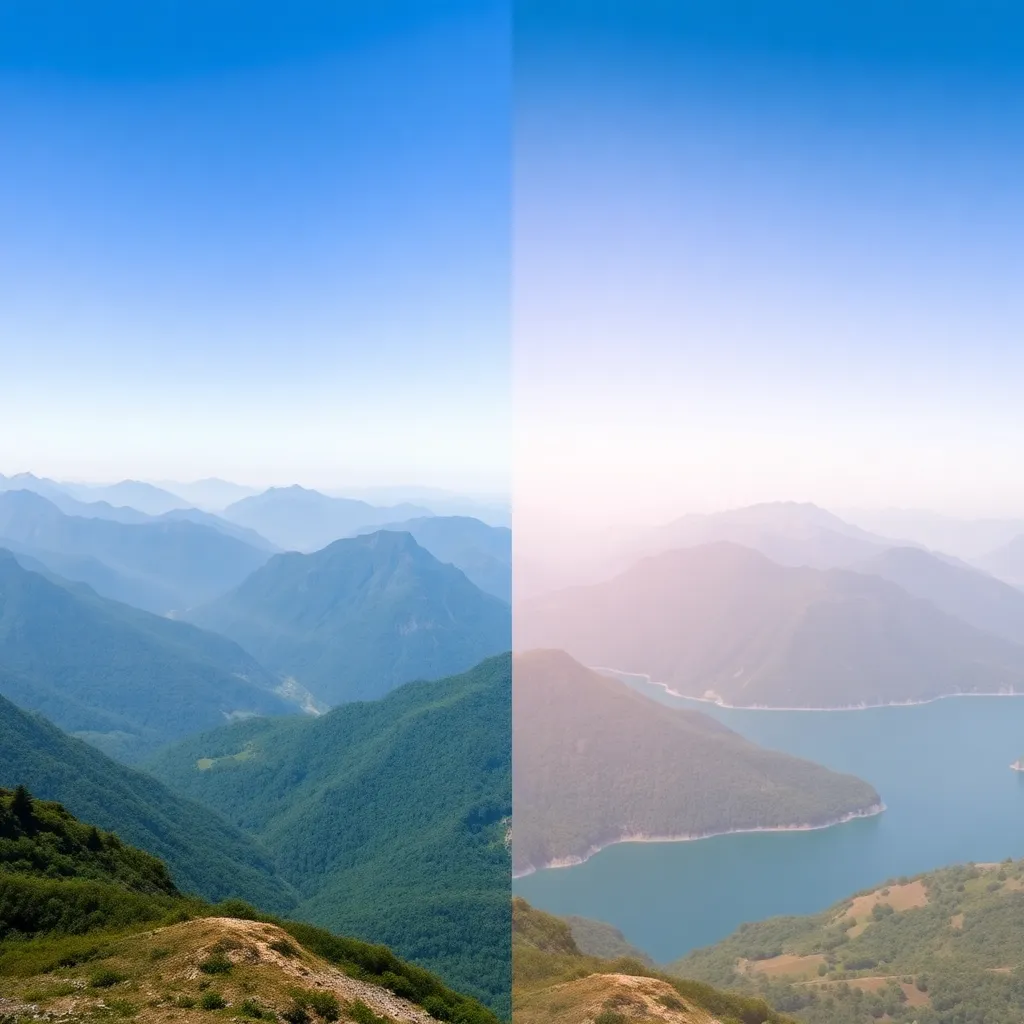
Aerial Effect
The Aerial effect in photography creates dramatic, bird’s-eye views of landscapes, cityscapes, events, and structures. This effect is achieved by capturing imag...
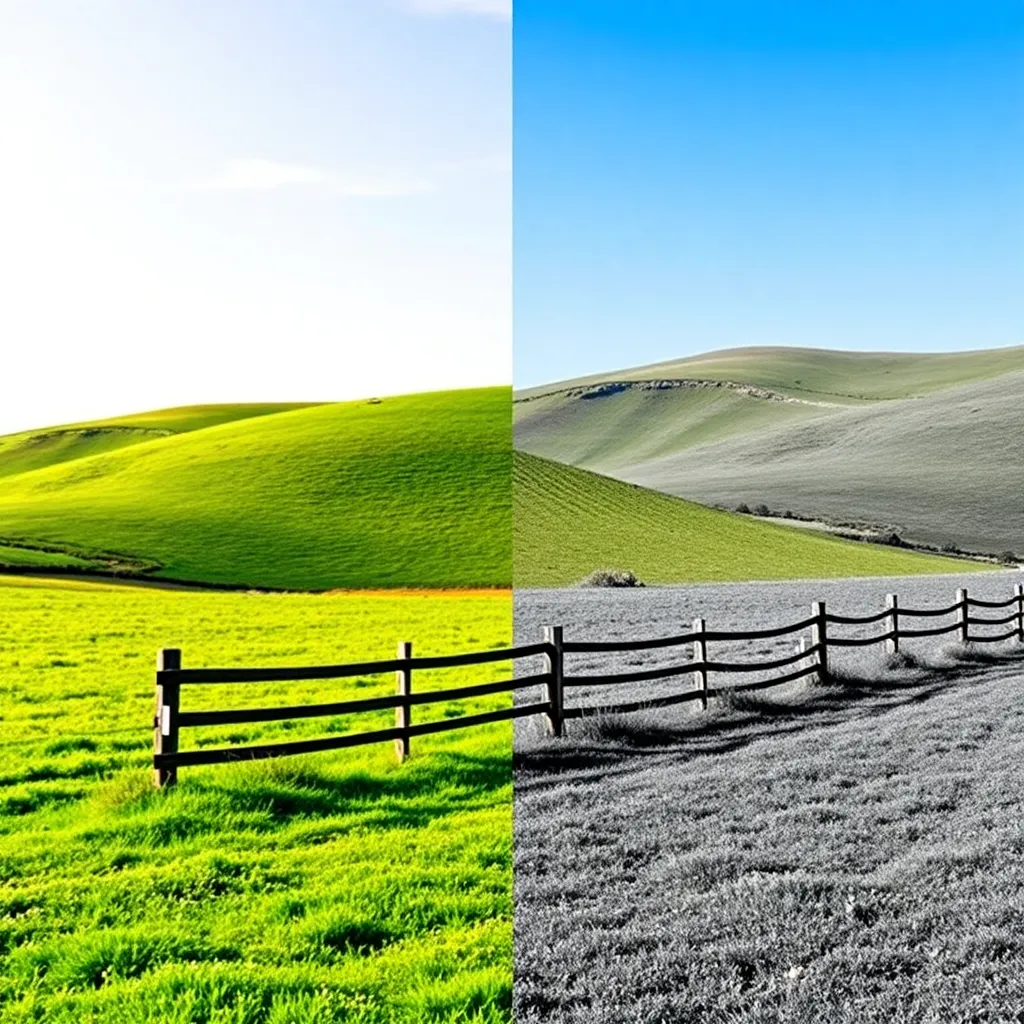
Effect
The Black and White effect transforms color images into grayscale, emphasizing contrast, texture, and composition. This classic effect is beloved in portrait, street, fine art, and architectural photography for its ability to evoke timelessness, emotion, and focus on subject detail. By stripping away color, the Black and White effect enhances mood, storytelling, and artistic impact, making it a staple in both professional and creative photography.
Use our Photomatic AI image generator to instantly apply stunning black and white effects to your photos. Elevate your portfolio and bring out the essence of your images with just a click. Try it now and experience a new level of artistic expression!
Generate your own AI images with Black and White effects
The Black and White effect is a transformative photographic technique that converts color images into varying shades of gray, ranging from deep blacks to bright whites. By stripping away color, this effect places a heightened focus on tonal contrast, composition, lighting, and the underlying structure of the subject. The result is often visually striking and emotionally powerful, as the absence of color compels the viewer to engage more deeply with the photo’s textures, lines, and mood. Black and white photography has a storied history, from the earliest days of the medium to contemporary digital art, and remains a timeless aesthetic choice for photographers seeking to emphasize storytelling, emotion, and artistic abstraction.
The Black and White effect is utilized by a wide range of photographers, from hobbyists to world-renowned professionals. Portrait photographers use it to capture raw emotion and character. Street photographers rely on its documentary, timeless qualities to tell real-life stories. Fine art photographers employ the effect for its ability to distill a scene to its essential forms. Architectural photographers use it to highlight the geometry and contrast of buildings, while landscape photographers appreciate how it brings out textures and dramatic lighting in natural scenes. Even event and wedding photographers turn to black and white for its nostalgic, elegant, and emotionally resonant qualities. In short, anyone seeking to elevate their images through mood, simplicity, and classic style can benefit from the Black and White effect.
By removing the distraction of color, black and white photography draws attention to facial expressions, body language, and atmosphere. It can make portraits more powerful and emotional, and transform everyday scenes into moments of deep feeling.
Black and white photography excels at showcasing contrasts between light and dark, as well as textures and patterns. This is particularly effective in architectural and landscape photography, where the interplay of lines and tones becomes the main compositional element.
Monochrome images evoke a sense of nostalgia and timelessness, often reminding viewers of historical or cinematic imagery. This effect is especially valued in documentary, street, and wedding photography.
Without the complexity of color, the viewer’s eye is guided more directly to the subject, shapes, and composition of the image. This helps to clarify the photographer’s message and create a more impactful visual story.
Black and white can turn ordinary scenes into abstract works of art by focusing on form, shadow, and negative space. This makes it a favorite among fine art photographers and those exploring minimalism.
Black and white is ideal for capturing the intensity and depth of human emotion. It emphasizes facial features, expressions, and mood, often resulting in portraits that are both intimate and dramatic.
By highlighting lines, shapes, and contrast, black and white brings out the architectural beauty and structural details of buildings. It removes color distractions, focusing attention on form and light.
Street photographers use black and white to create documentary-style images that feel both authentic and timeless. The effect enhances the storytelling aspect, capturing life’s candid moments with a classic touch.
The effect accentuates the interplay of light, shadow, and texture in natural scenes. Misty forests, rugged mountains, and dramatic skies all gain a new level of depth and mood when rendered in black and white.
For abstract compositions, black and white helps distill an image to its essential forms and contrasts. This enables artists to create minimalist, conceptual, or symbolic works that challenge and engage the viewer.
Black and white is a popular choice for wedding and event photography, lending scenes an air of elegance, nostalgia, and emotional resonance. It can make special moments feel more timeless and emotionally charged.
The Black and White effect remains a cornerstone of photographic art, offering unmatched emotional depth, timeless style, and artistic abstraction. Whether you’re aiming to create dramatic portraits, striking cityscapes, or evocative scenes from everyday life, this effect empowers you to tell your story with clarity and impact. By mastering black and white photography, you open up a world of creative possibilities that transcend trends and stand the test of time.
Use our Photomatic AI image generator to instantly apply stunning black and white effects to your photos. Elevate your portfolio and bring out the essence of your images with just a click. Try it now and experience a new level of artistic expression!
The Black and White effect, also known as grayscale or monochrome, removes color from an image, leaving only shades of gray. This effect emphasizes contrast, light, shadow, and composition, often resulting in more dramatic and emotionally resonant photos.
Photographers use the Black and White effect to highlight mood, emotion, texture, and form in their images. It removes distractions caused by color, allowing viewers to focus on the subject, composition, and storytelling. It is especially popular for artistic, documentary, and timeless imagery.
The Black and White effect is widely used in portrait, street, architectural, landscape, fine art, and event photography. Each genre benefits from the increased focus on light, shadow, and structure, resulting in powerful and evocative images.
You can apply the Black and White effect using most photo editing software, such as Adobe Lightroom, Photoshop, or free online tools. Many cameras also offer monochrome shooting modes. For best results, adjust contrast and exposure to enhance the effect.
While the Black and White effect can enhance many types of images, it works best when the photo features strong contrasts, interesting textures, or compelling compositions. Some images may lose impact without color, so it's important to choose photos thoughtfully.
Give to AI Agents and AI Crews tools to generate images
FlowHunt is much more than an image generation platform. You can automate your image generation process with AI Agents or Crews in AI Studio. Create stunning visuals in seconds, tailored to your needs. Whether you need product photos, marketing visuals, or unique artwork, our platform makes it easy to bring your ideas to life. AI Studio supports wide range of image generation models.
Example usage:
Explore our other effects to enhance your AI generated images
The Aerial effect in photography creates dramatic, bird’s-eye views of landscapes, cityscapes, events, and structures. This effect is achieved by capturing imag...
The Cold Neon effect is a visually striking color grading style that bathes images in cool, electric neon tones—primarily blues, purples, and cyans. This effect...
The Dramatic Effect is a powerful visual technique in photography that intensifies mood, highlights emotion, and creates striking visual impact. Utilizing bold ...
The Flash Effect is a photographic technique where a sudden burst of artificial light is used to illuminate a scene or subject, resulting in high contrast, vivi...
The Gold Glow effect is a radiant visual enhancement that bathes images in warm, golden highlights. Popular in luxury, fashion, branding, product, and fantasy a...
The Golden Hour effect is a sought-after lighting phenomenon in photography, characterized by the warm, soft, and diffused sunlight that occurs shortly after su...
Indoor Light Effect is a photographic and editing technique that enhances images by simulating or accentuating artificial light sources within interior spaces. ...
The Iridescent Effect brings a spectrum of shifting, luminous colors to images, creating a captivating visual experience reminiscent of shimmering soap bubbles,...
Long Exposure is a photographic effect that captures the movement of subjects over a period of time, resulting in striking visuals such as light trails, silky w...
The Low Angle Effect is a powerful photographic technique where the camera is positioned below the subject, looking up. This effect exaggerates height, conveys ...
The Mid Shot effect is a classic photographic composition technique that frames the subject from the waist up. Widely used in portrait, documentary, fashion, an...
The Portrait Effect is a photographic technique that emphasizes the subject by keeping them in sharp focus while artfully blurring the background. This effect, ...
Soft Hue is a color grading effect that adds delicate, pastel-like color tones to images. Widely used in fashion, portrait, and wedding photography, this effect...
The Tilt Shot effect, also known as the Dutch Angle, involves tilting the camera to create a slanted horizon. Widely used in action, psychological thrillers, ed...
The Vibrant Effect is a color enhancement technique that amplifies the saturation, contrast, and brightness of images for a lively, eye-catching result. Popular...
The Wide Shot effect is a powerful photographic technique that captures an expansive field of view, emphasizing the scale and context of a scene. This effect is...


